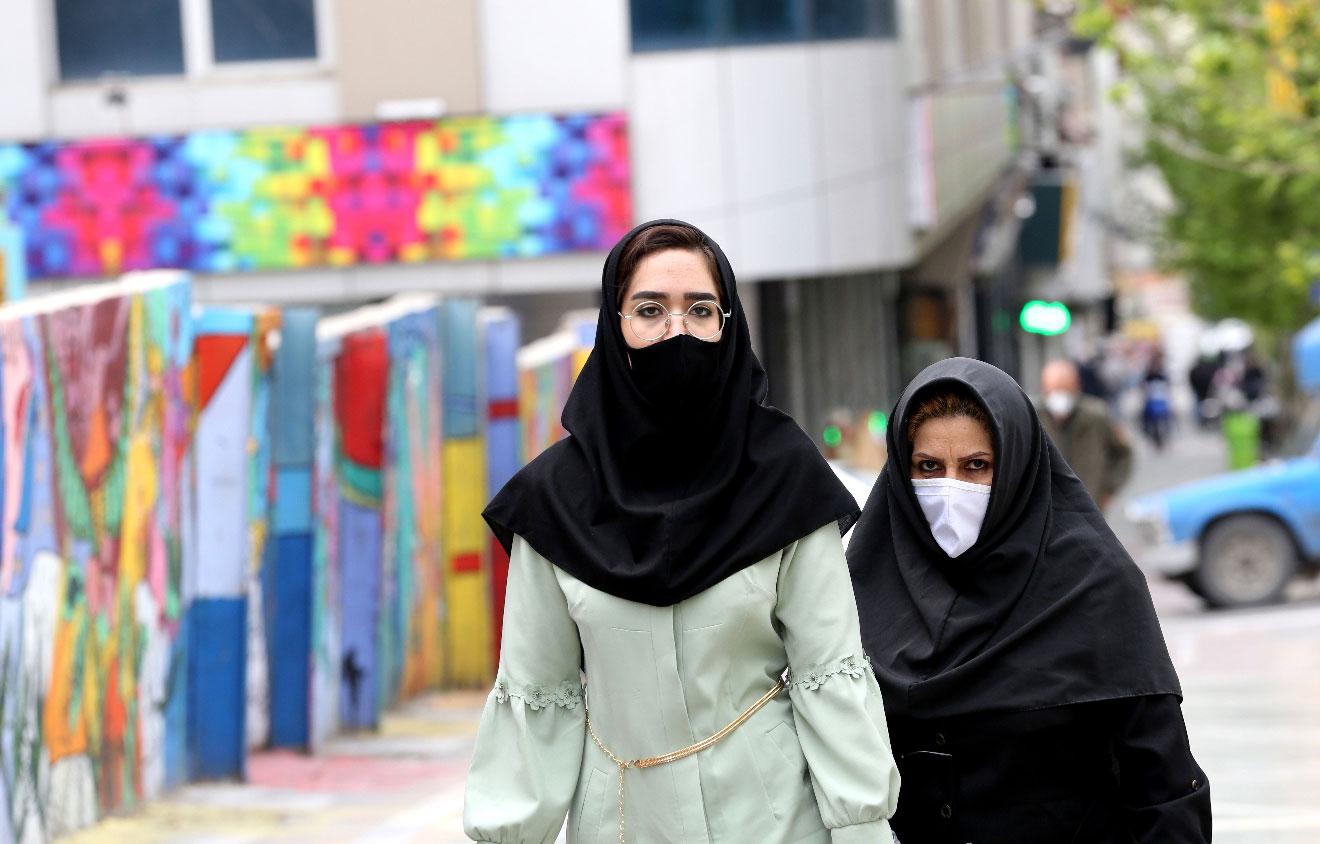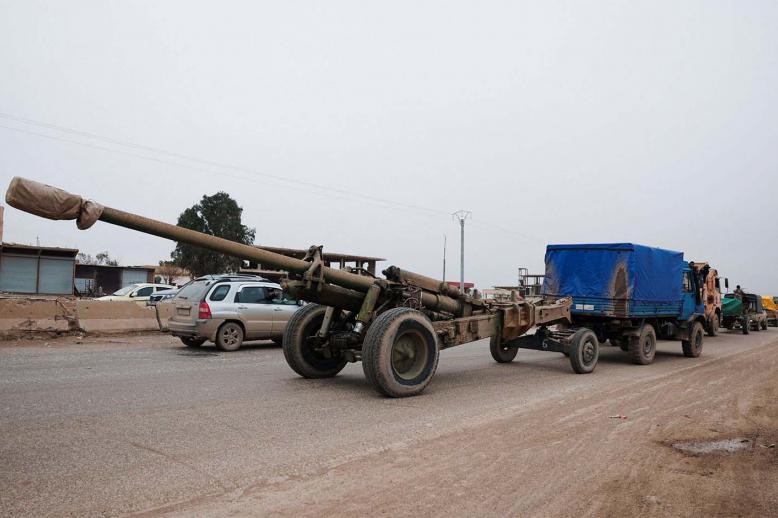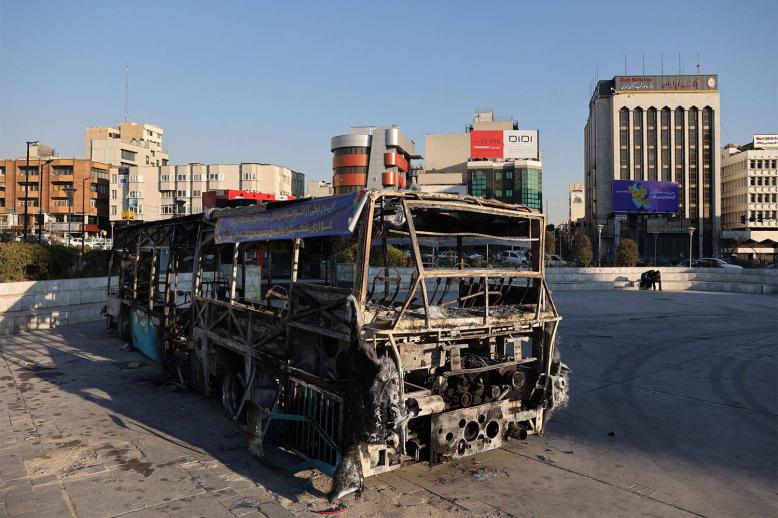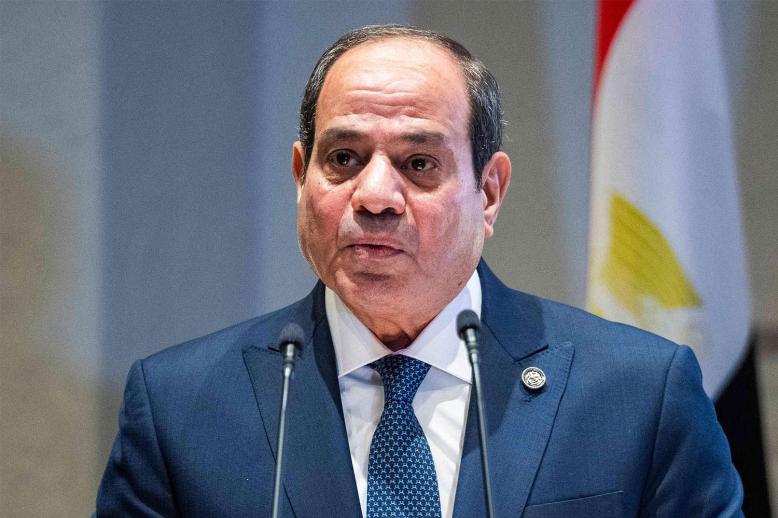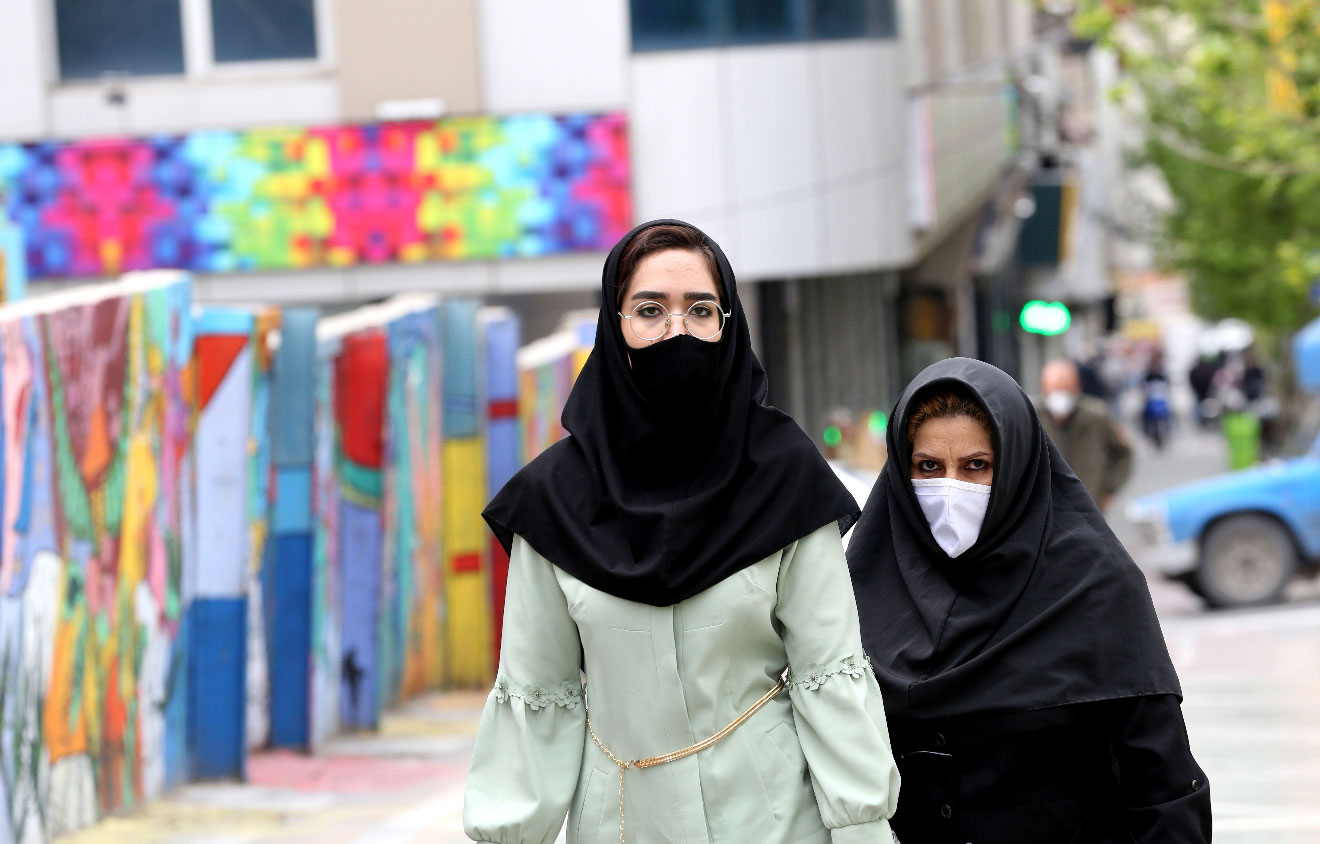Iran says number of COVID-19 deaths could be 80% higher
TEHRAN - Iran on Thursday announced 92 new deaths from the novel coronavirus, the third straight day that official fatalities remained in double digits in the Middle East's worst-hit country - but a parliamentary report said the actual number could be much higher.
Health ministry spokesman Kinaoush Jahanpour told a news conference the latest deaths brought the official total to 4,869. He added that 1,606 new infections had been confirmed in the past 24 hours, taking the total to 77,995 from 310,340 tests.
Of those confirmed to be infected with the coronavirus and admitted to hospital, 52,229 had been discharged after recovering, which he described as a "rising trend". Another 3,594 patients are in critical condition.
There has been speculation abroad, and among Iranians opposed to the country's clerical regime, that the number of deaths and infections is higher than officially announced.
A report published Tuesday by parliament conceded that the real death toll from Iran's outbreak was estimated to be as much as 80 percent more than that announced by the government.
The number of COVID-19 infections were estimated to be "eight to 10 times" higher.
The report said that Iran's official coronavirus figures were only based on the number of deaths in hospitals and those who had already tested positive for the coronavirus.
"To narrow the gap between the officially announced figures and the estimated figures, it is necessary to improve the laboratory capacity of the country," it said.
It also criticised the government for being slow to act against the outbreak and said a "second wave" of the virus may come next winter - possibly without a break due to containment measures taking too long.
In a statement on Thursday, the office that carried out the report denied it contradicted official figures and accused "foreign media" of lying and distorting its contents to "undermine official statistics".
'Second wave'
A deputy health minister confirmed the numbers may be higher due to limited testing but rejected estimates based on "incorrect modelling", without directly addressing the report.
"The cases we have confirmed are certainly not the real figures. But there are no exact assessments in the world, save for South Korea which has had many tests done," Alireza Raisi was quoted as saying on Wednesday by state news agency IRNA.
The ministry had also stopped provincial medical universities from reporting figures on their own, IRNA reported.
The ministry argued such announcements have at times prompted Iranians to travel from worse-hit provinces to less-infected ones and further spread the virus.
The government of President Hassan Rouhani has struggled to contain the outbreak that emerged two months ago. It shut schools and universities, postponed major events and imposed a range of other restrictions, but it has stopped short of ordering lockdowns.
Iran is the Middle Eastern country worst-affected by the COVID-19 respiratory disease and has one of the world's highest death tolls, but the government is concerned that measures to limit public activities could wreck an economy which has already been battered by US sanctions.
Iran allowed small businesses outside Tehran to reopen on Saturday and is set to extend the measure to the capital next week.
The move has faced criticism from health experts and even some authorities, as top officials argue that the country cannot afford to shut down the economy any further.
State television showed busy banks, government offices and taxi queues in various provinces on Thursday.
It said that "smart social distancing", a set of measures announced by Iran to keep both the economy running and prevent infections, "may still be applicable only on paper."


